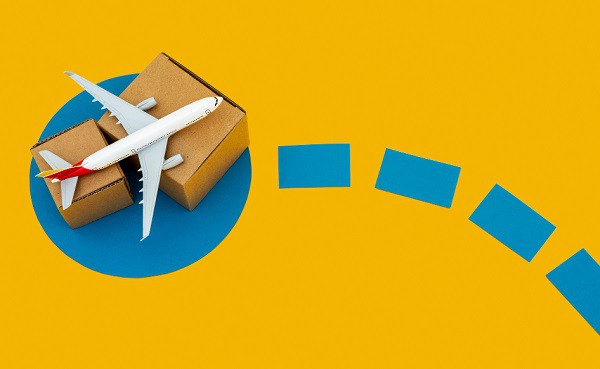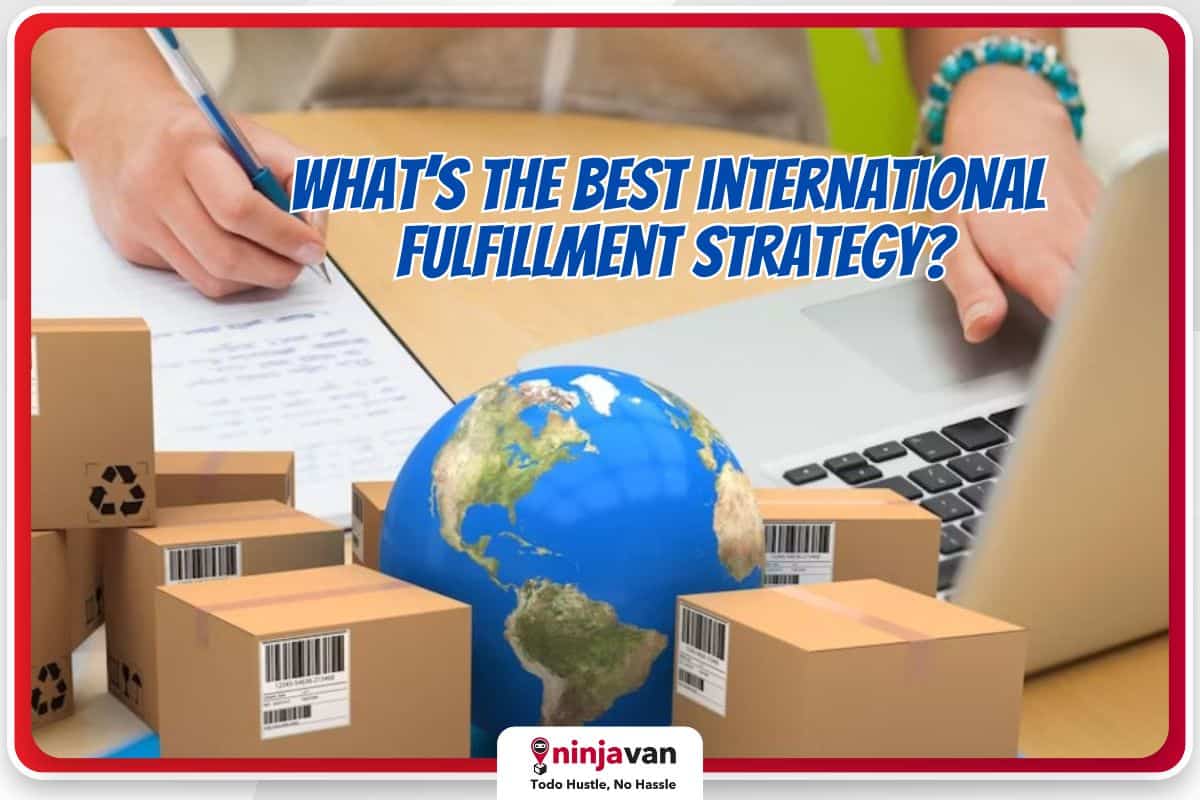Ecommerce in the Philippines has boomed, changing the game not just for shoppers but also for local businesses eager to reach international customers. This growth is creating exciting opportunities for Filipino entrepreneurs to showcase their products around the world.
Now let’s explore the difference between cross border and localized fulfillment — key strategies for businesses expanding their reach. We hope this guide will help you decide what’s best for your business.
Who needs cross border fulfillment?
Cross-border fulfillment involves shipping products directly from the Philippines to customers in another country. It’s ideal for those selling unique products that have a market overseas, or for businesses wanting to grow beyond the local market.
This is often the most cost-effective option for small businesses or those just starting to sell internationally. If your business wants to expand globally and cater to a diverse, international customer base, this strategy is for you.

to customers in another country.
Key features of cross border fulfillment
Cross border fulfillment involves the following:
- Shipping overseas: Sending products to different countries and working with various shipping companies.
- Handling customs clearance: Dealing with the rules and fees for getting products into other countries.
- Dealing with different currencies: Accepting payments in various currencies from customers around the world.
- Customer service for different countries: Providing support in different languages and understanding cultural differences.
- Managing returns: Setting up a system to handle products that are sent back from international locations.
- Marketing for each country: Changing your advertising to appeal to customers in different countries.
- Tracking products: Keeping an eye on where products are in the shipping process, so both the business and the customer know.
- Risk management: Handling issues like shipping delays, lost packages, or damaged items.
You can understand more about Cross Border Ecommerce here.

What is localized fulfillment?
Localized fulfillment involves storing products in a warehouse in the country where your customers are located. This can be a more expensive option, but it can also offer significant advantages, such as faster shipping times and lower shipping costs.
This approach aims to deliver goods more quickly and efficiently by minimizing the distance between the warehouse and the end customer.

Benefits from localized fulfillment
Localized fulfillment is for businesses that aim to:
- Reduce shipping times: Localized warehouses significantly speed up deliveries, improving customer satisfaction and loyalty in geographically distant markets.
- Lower shipping costs: By avoiding international shipping fees and potential customs delays, localized fulfillment can optimize supply chain costs.
- Improve customer experience: Faster deliveries, clearer customs processes, and potentially lower overall costs contribute to a smoother and more positive customer experience.
- Reduce logistical complexity: Localized warehouses mitigate the challenges of long-distance transport for bulky items, offering cost and time savings.
- Simplify customs clearance: Storing products within the target market minimizes customs delays and potential complications.
- Improve inventory management: Local warehouses allow for closer inventory control and faster response to demand fluctuations.
- Have faster returns and exchanges: Localized fulfillment facilitates streamlined return and exchange processes, leading to better customer service and potentially higher sales.
Businesses aiming to improve customer experience, optimize supply chain costs and expand into international markets can benefit from implementing localized fulfillment. It’s a strategic investment that can unlock significant growth and competitive advantages.
Comparing the two
Cross border and localized fulfillment have their own advantages and disadvantages, so it’s important to understand the key differences before making a decision. Here are the pros and cons for each:

Cross border fulfillment pros and cons
Pros:
- Lower upfront costs: You don’t need to invest in setting up a warehouse or other infrastructure in another country.
- Faster time to market: You can start selling internationally quickly and easily.
- Wider product selection: You can offer your full product range to international customers.
Cons:
- Slower shipping times: Orders can take longer to reach customers, especially if they are shipped from a long distance.
- Higher shipping costs: International shipping rates can be expensive, especially for large or heavy items.
- Customs clearance issues: Orders may be subject to customs duties and taxes, which can add to the cost and delay delivery.
Localized fulfillment pros and cons
Pros:
- Faster shipping times: Orders can be shipped to customers much more quickly than with cross border fulfillment.
- Lower shipping costs: Domestic shipping rates are usually much cheaper than international rates.
- Fewer customs clearance issues: Orders are less likely to be subject to customs duties and taxes.
- Improved customer experience: Faster shipping times and lower shipping costs can lead to a better customer experience.
Cons:
- Higher upfront costs: You need to invest in setting up a warehouse or finding a fulfillment partner in another country.
- More complex logistics: Managing inventory and fulfillment in multiple locations can be more complex than doing it in one location.
- Limited product selection: You may not be able to offer your full product range to international customers due to space constraints in your local warehouse.
Ninja Van will give you the best of both worlds
Choosing between localized and cross border fulfillment really depends on your business goals, resources and customer base. Sometimes, a combination of both strategies might also be the best approach.

Ninja Van is here to significantly streamline your fulfillment strategy and give you the best of both worlds. With our fulfillment centers and warehouses in the Philippines and Southeast Asia, you can get the best fulfillment and warehousing services for your ecommerce business.
We maximize the efficiency of our SEA network to give you tailored and cost-efficient cross border and localized fulfillment solutions. Plus you’ll work with an experienced logistics team with local knowledge and expertise.
Learn more about our Fulfillment and Warehousing solution!

More logistics tips to help your business:
6 Signs You Need to Outsource Your Order Fulfillment
Shipping from China to the Philippines: An Easy Guide
What is Full Truckload and Less Than Truckload in Shipping?






